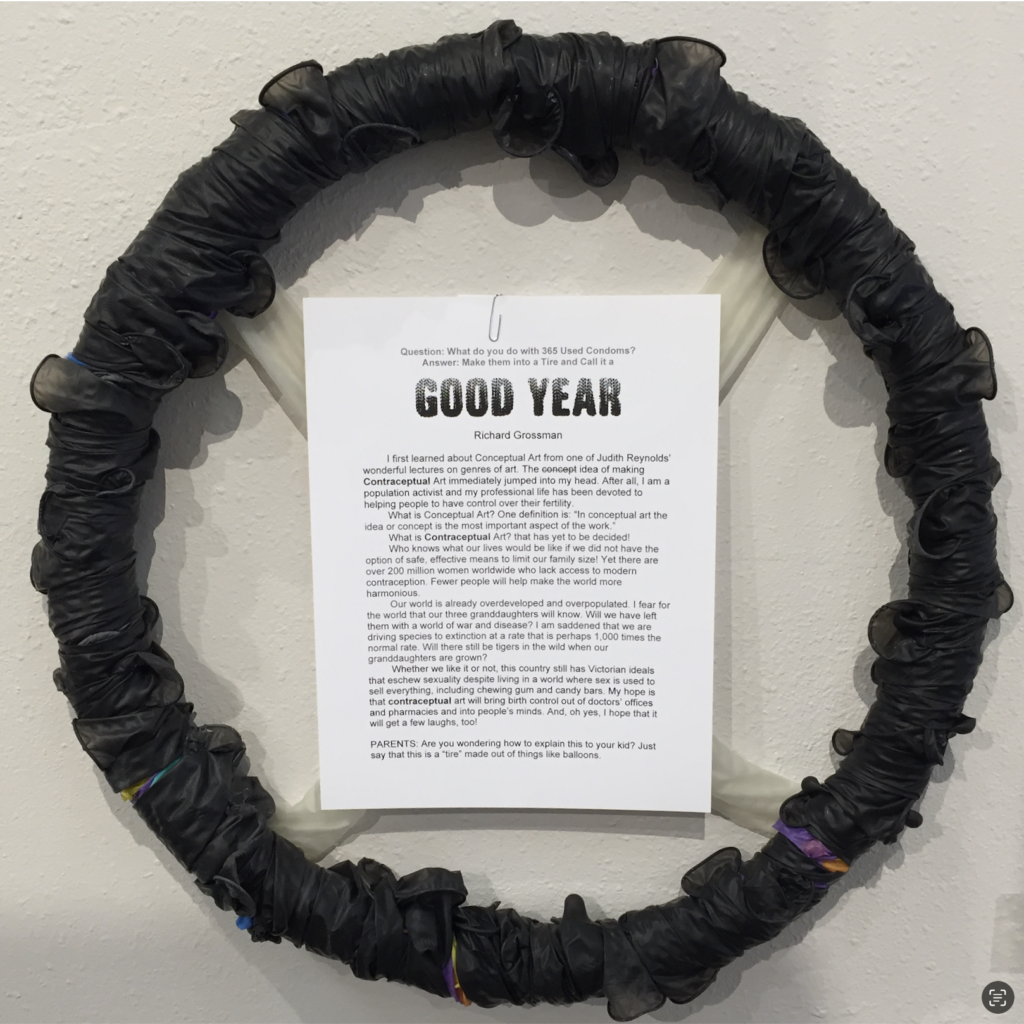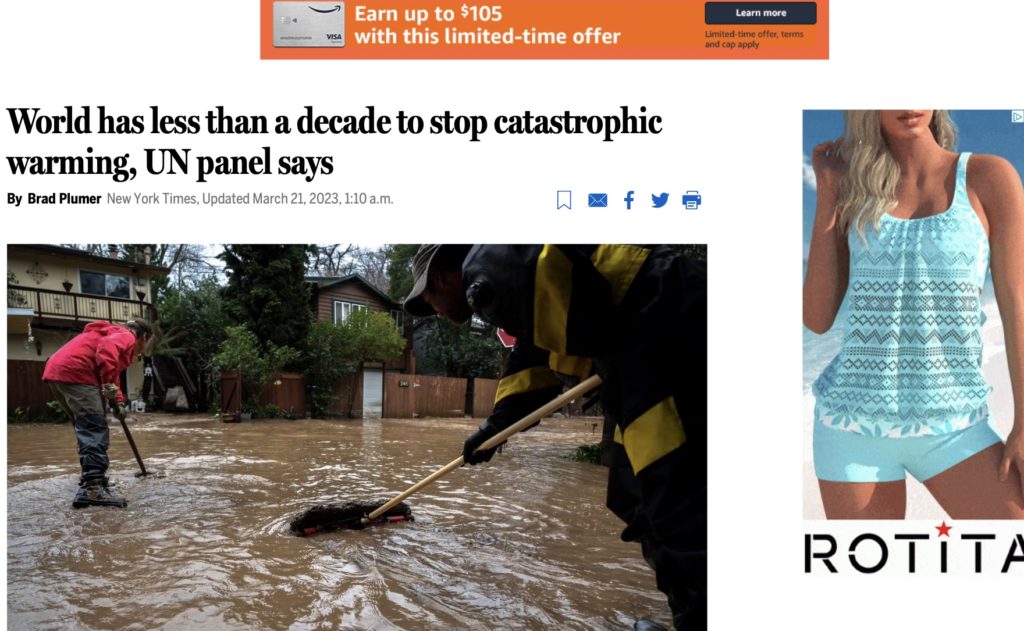
I started writing these essays in 1995 with certain goals in mind. For those of you who didn’t start reading Population Matters! (this is the title of the Durango Herald column) back then, here’s a little background.
Gail, my wife, and I drove to hear Paul Ehrlich speak in Gothic, a bit north of Crested Butte, Colorado, in the fall of 1994. On the way home I pulled the car over and parked.
“Why are you stopping?” Gail asked.
“I’ve got an idea,” I replied.
I wanted to emulate the best-selling book, “50 Simple Things You Can Do to Save the Earth”, by writing a similar one on human population. After drafting a few chapters I realized that it would be necessary to find a publisher. Ballantine Books had published some environmental paperbacks, so I asked Morley Ballantine (then the editor of the Herald) if she could help.
I was disappointed when she told me that she no longer had connections that would help, but accepted her offer to serialize my proposed masterpiece in the Herald. In retrospect, there is no way that I could write a book while working 60 to 80 hours each week at my day (and night) job of obstetrics and gynecology.
The mission of these monthly essays was to keep population issues in people’s minds. I would try to be optimistic, provide information and also suggest ways that readers could slow population growth. Those goals haven’t changed.
Bill Roberts, who still writes occasional editorials for the Herald, was my initial editor. He was gentle in his efforts to keep me in line. The initial word limit was 750, but sometimes I would go hundreds of words beyond that maximum before Bill reined me in. Once he sent me a terse message “Stick to the subject” when I got off into the weeds. I was pleased, however, when he published stories I wrote about some of my favorite Durango people, including Linda Mack and the late Sister Sharon.
A dozen years ago I had a realization: if someone else had written a book such as what I had envisioned, I probably wouldn’t bother buying it, let alone read it. Furthermore, Gail had gently told I was too “preachy”. Somehow, I was missing the mark.
I tried new ideas. Do you remember the tire made from condoms that was exhibited in the Durango Art Center? It illustrates the punchline of the joke “What do you do with 365 used condoms?” Answer: “Make them into a tire, and call it a Goodyear.” I also collaborated in making a documentary film about overpopulation in the Four Corners area.
A friend recently commented that people don’t like to be told what to do, and suggested that using imperative verbs in the title might be a bad idea. This is my first essay that doesn’t start with a command.
One of Bill Robert’s successors at the Herald, Hollis Walker, came up with a great idea: my book should be stories rather than essays. Rather than selecting, revising and compiling the over 200 essays that I’ve written through the ages, I’m having fun writing people-centered stories. These accounts are based on my memories of people I’ve encountered during my medical career. Of course, I’ve changed the names, and sometimes I’ve tried to obfuscate details to further prevent identifying characters in the stories. Many of the stories include information about reproductive health, of course.
I just turned 80. I’m hoping to be able to finish this book-writing project before another 28 years goes by. In the meantime, thank you for reading Population Matters! Past essays and a few other features are available on my blog: www.population-matters.org. Please help spread the word that population, indeed, matters.
©Richard Grossman MD, 2023
